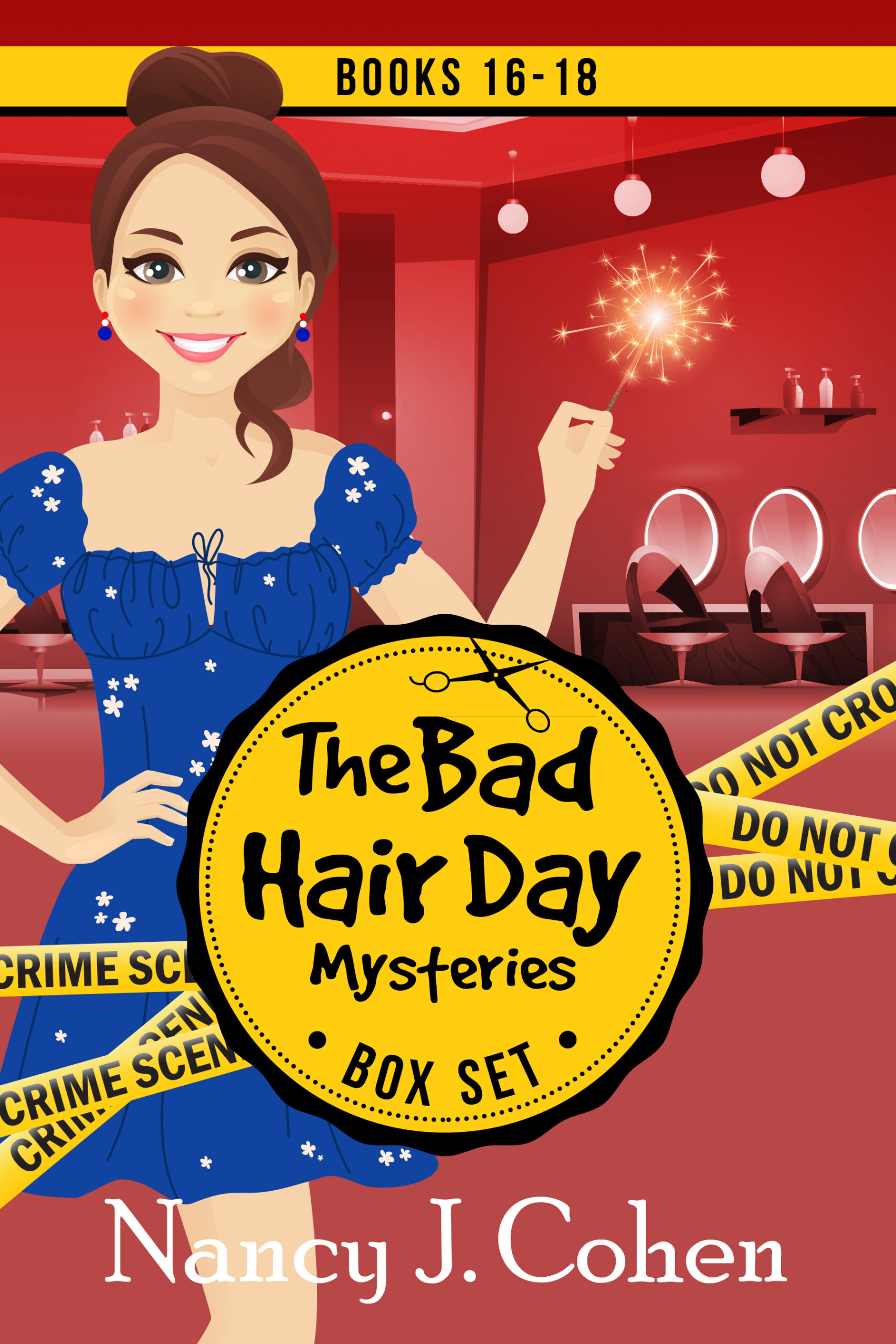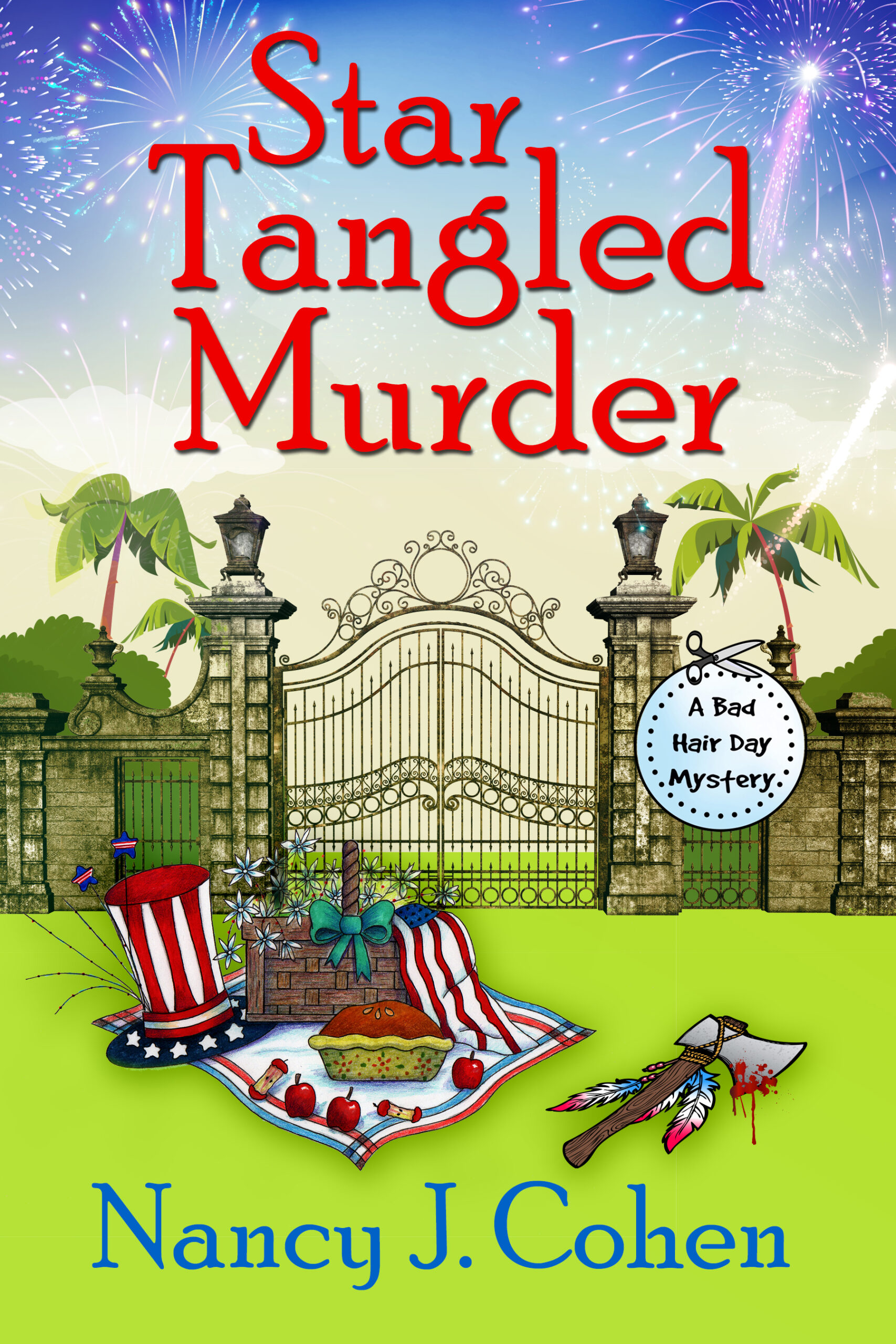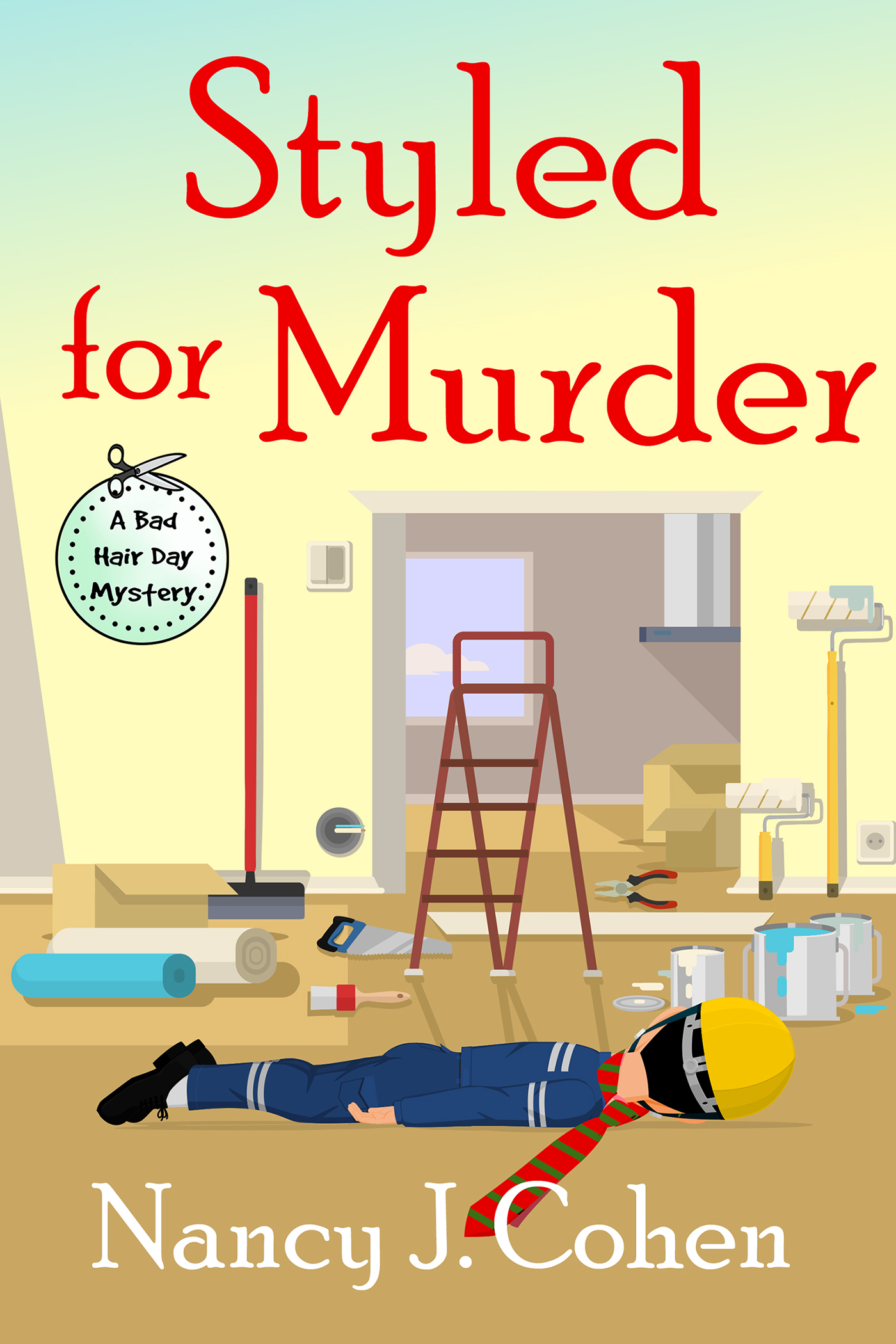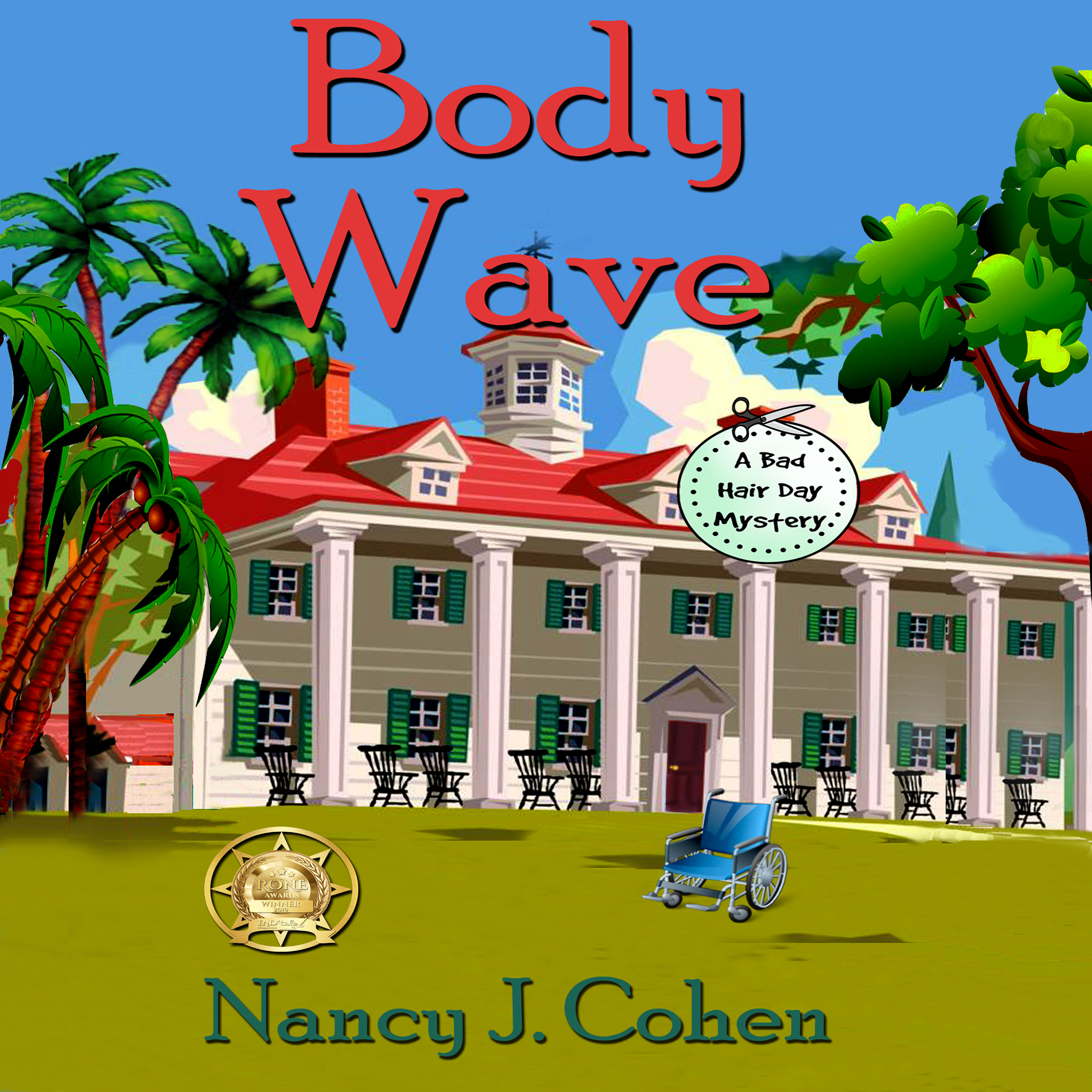One of the most common problems in new writers’ works is the insertion of backstory into the first chapter of their book. Nothing else kills the pacing quicker than paragraphs heralding back to some past event in the character’s life. Maybe it’s necessary to relate some of these facts, but they can be done in a less intrusive manner. You must keep the action moving forward. The reader wants to know what’s happening now, not twenty years in the past.
So how do you deal with this burning issue? Here are six tips to get you started.
1. Leave backstory until later. Is it absolutely essential to the core of the plot as the story opens?
If in doubt, leave it out. The story should start with some sort of crisis or change that propels your character to take action. Let the reader wonder why this is happening until your character can take a breather and reflect on what’s going on . That shouldn’t occur until at least the second chapter. Remember to end the third chapter on a hook, because this proposal is your selling tool. Kill the pacing, and kill your chances for publication.
2. Filter past events in gradually, not in one info dump. Only reveal what is necessary at that time in the story.
3. Leave some elements purposely out to create a mystery. The reader will keep turning pages to see what happened between your people in the past or why your heroine feels this way.
4. Add in the backstory through dialogue whenever possible. Let your character tell her story to someone who doesn’t already know it. Or have two characters gossip about your protagonist. If you’re in her viewpoint, she could overhear or one of them could mention it later. Find ways to work it in so that it’s interesting to the reader.
5. If you want to relate the backstory from your protagonist’s viewpoint, offer tidbits of past history a line or two at a time. Or segue into the past in a quick paragraph with a sensory element that ties the past and present together. The idea is not to get bogged down. Keep moving forward!
How do you deal with this problem?























Best advice I got was at a workshop given by Andy Straka. Consider back story cocktail party conversation. How much do you reveal to someone you’re meeting for the first time? Consider back story and IV drip, not tube-feeding.
On a related note: It’s especially cumbersome in series or connected books. I just put down a book, realizing it was book 5. I’d read book 1, but the first few chapters of book 5 were too full of confusing back story, which became too much trouble to keep up with. I’ll go back and pick up the earlier books, because I like the author, but I couldn’t keep everything straight when I jumped into book 5.
It happened that the next book in my stack was a book 2, and I haven’t read book 1, but the author handled back story well enough that I had enough information to enjoy the read.
Last case: when there’s so much back story in a series that when you finish the book, you have no desire to pick up the earlier one because you know everything that happened.
Series offers its own set of problems as Terry says. The best way to approach each installment is as a standalone. Offer only as much info as necessary to inform the reader without giving any clues away. Think of it as a teaser so they’ll want to read the earlier book. But offer enough info so the reader who jumps into the series understands what’s going on.
THE GOOD GUY by Dean Koontz is amazing in that the ONLY backstory is conveyed through dialogue . . . and there isn’t much in that either.
I tend to treat backstory as a very strong spice that isn’t introduced too early in the recipe. It was hard to learn, but once I did, my writing was stronger and the story much better.
Regarding series . . . I picked up one from a bestselling mystery author. People loved it. I didn’t. The reason, I believe, is that it was my first novel in that series and the author didn’t take the time to make me care about the protagonist. The people who loved the book had learned to care about the character in earlier stories. I’m not saying backstory would help (it probably wouldn’t) but some character development for the uninitiated would have been a good idea.
Thank you!
sorry, hit sent too soon. This is a great subject. As a reader, I like to connect the dots, the surprise factor. I don’t like backstory prologues, for instance. As a writer, I like the characters to reflect on bits and pieces of backstory as appropriate to bolster a scene, also use a bit in dialogue.
Great advise, this is a problem for me, but these suggestions are very helpful!
Great stuff Nancy, Thank you!
I’ll use it sparingly.
I like Peg’s suggestion to treat backstory as a spice. Sprinkle it in and use it sparingly.
Pacing was always a problem for me, having too much too soon.
Good tips.
Good tips. Thanks for posting them.
It’s very tempting when introducing a character to include too much information. Thanks for all the helpful tips!
Hey, great advice. I just happened to use this tip when I started writing my book a few days ago. I started it right in the action and decided to leave all the why’s for a little later. Get the reader interested enough for them to want to know the back story.
Thanks Nancy from Florida,
Amanda